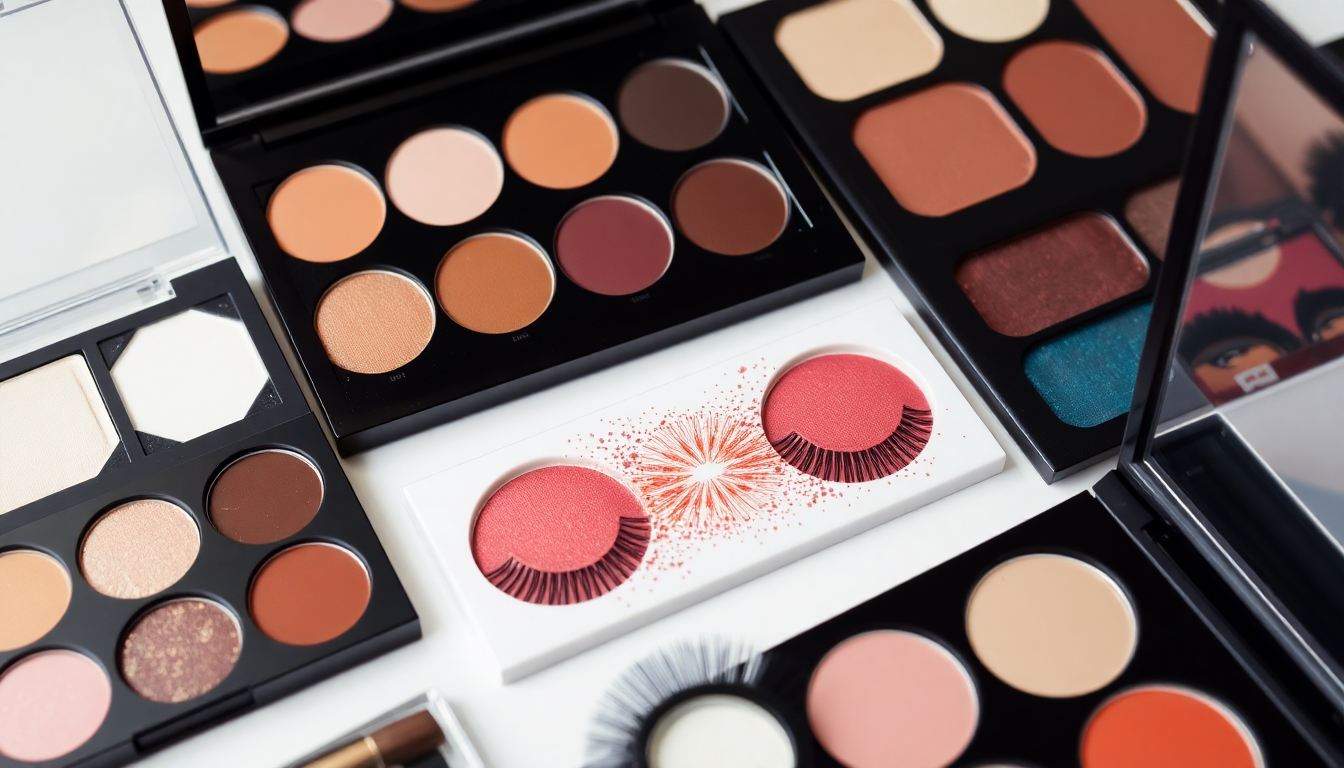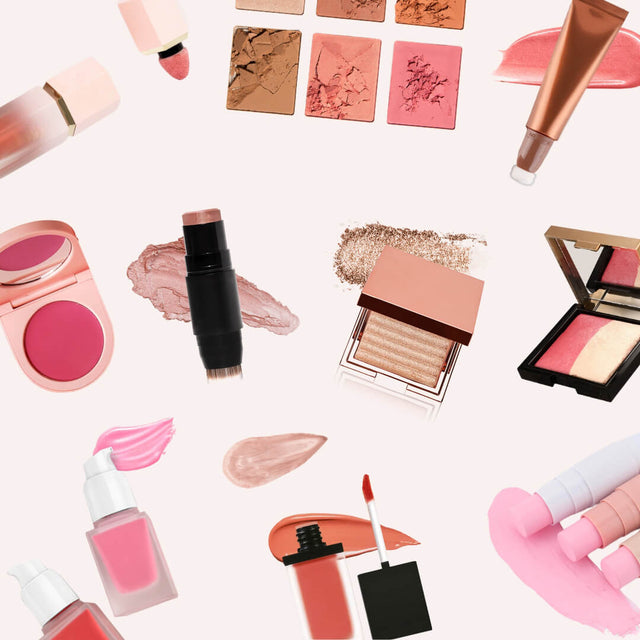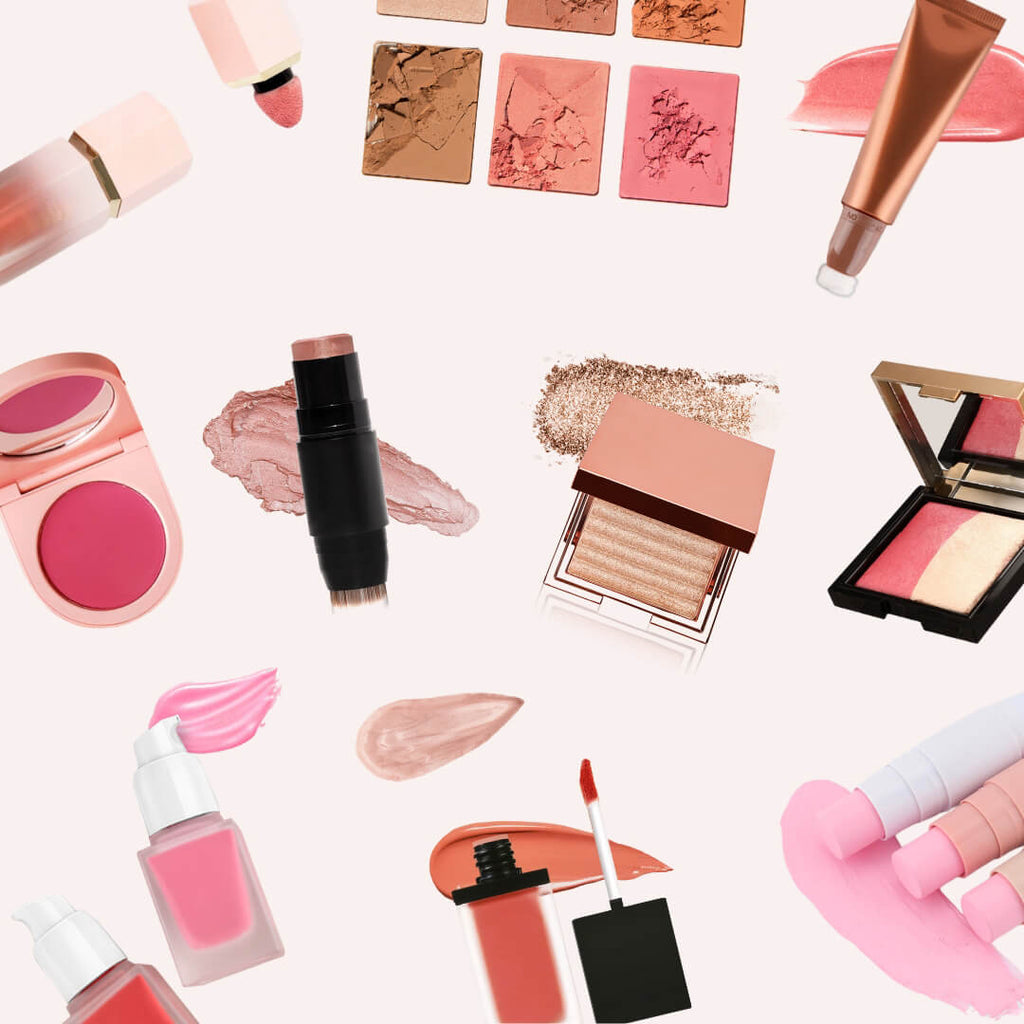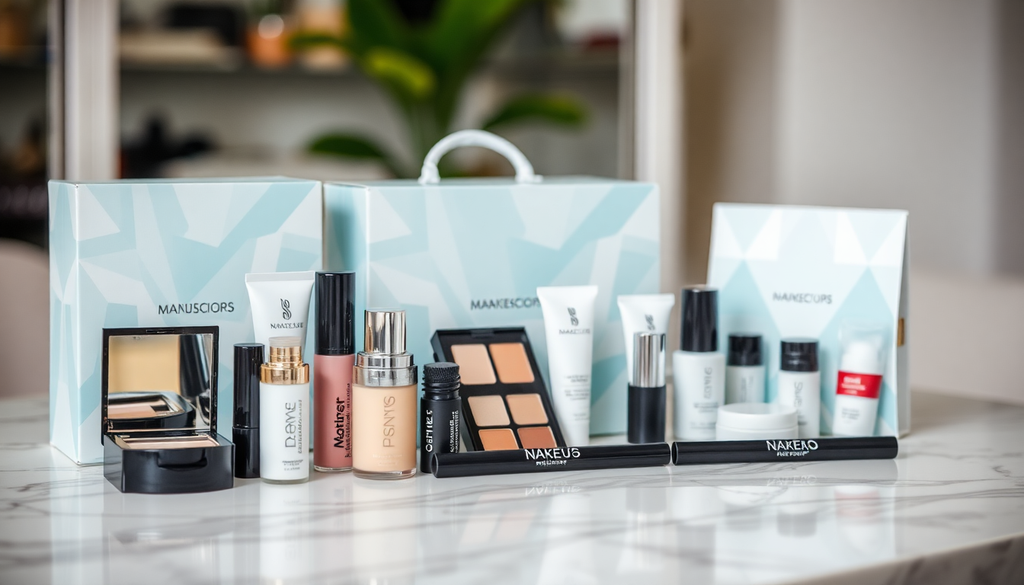
Unlocking Global Makeup Markets in 2025: Essential Insights for Launching Your Private Label Brand from Magnetic Lashes to Custom Eyeshadow Palettes Across Major Regions
Introduction
The global makeup industry is on an exciting trajectory, projected to reach new heights in 2025. With consumers increasingly looking for unique products that resonate with their personal style, private label brands are set to thrive. This comprehensive guide provides essential insights for launching your private label makeup brand, covering regional market nuances, product trends, regulatory requirements, and effective marketing strategies.
Understanding Market Trends
To successfully enter the makeup industry, it’s crucial to identify and adapt to current market trends. Here are some key trends shaping the global makeup landscape:
- Customization: Consumers are increasingly leaning toward personalized products, such as custom eyeshadow palettes tailored to their preferences. Offering consumers the ability to mix and match shades can significantly enhance engagement.
- Sustainability: Eco-conscious consumers are demanding products with sustainable packaging and formulations that are cruelty-free and environmentally friendly. Brands that prioritize sustainability can build a loyal customer base.
- Magnetic Lashes: The demand for magnetic lashes is surging due to their convenience and ease of application. Incorporating innovative lash solutions can set your brand apart.
- Inclusivity: Makeup brands catering to a diverse range of skin tones and types are seeing significant success. Offering a wide shade range ensures that all consumers feel represented.
- Clean Beauty: The clean beauty movement is gaining momentum, with consumers seeking products free from harmful chemicals. Emphasizing transparency in ingredient sourcing can attract health-conscious buyers.
Market Insights by Region
North America
The North American market, particularly the United States, remains one of the largest and most lucrative for cosmetics. Key insights for launching your brand here include:
- E-commerce Dominance: The pandemic accelerated the shift to online shopping. Establishing a robust e-commerce platform is essential, complemented by social media marketing strategies that target the right demographics.
- Regulatory Compliance: Ensure that your products meet FDA regulations regarding labeling, ingredient safety, and marketing claims. Transparency in ingredient sourcing is critical.
- Consumer Preferences: American consumers are looking for innovative textures and formulations, such as multi-use products and long-wear options. Engaging in market research to understand local preferences can enhance product development.
Europe
Europe is characterized by diverse markets with varying consumer preferences and stringent regulations. Here are essential considerations:
- EU Cosmetics Regulation: Familiarize yourself with the EU Cosmetics Regulation, which dictates safety, labeling, and ingredient guidelines. Ensure your products are compliant to avoid legal issues.
- Trends in Clean Beauty: European consumers are increasingly interested in clean beauty products. Investing in organic ingredients and sustainable practices can resonate well with this audience.
- Local Market Variabilities: Each European country has its unique beauty culture, from the minimalist Scandinavian approach to the opulent styles favored in Southern Europe. Tailoring your marketing and product offerings to these cultural differences can enhance brand acceptance.
Asia-Pacific
The Asia-Pacific region, particularly countries like South Korea and Japan, is at the forefront of makeup innovation:
- K-Beauty Influence: Leverage the popularity of K-beauty by incorporating unique ingredients, such as ginseng or green tea, and innovative product formats like cushion compacts. This approach can attract trend-savvy consumers.
- Regulatory Landscape: Understand the import policies and certifications required for cosmetic products in different countries within the region. Establishing relationships with local distributors can facilitate market entry.
- Emphasis on Social Media: Platforms like WeChat and Instagram are crucial for marketing in Asia. Utilize influencer partnerships to enhance brand visibility and credibility.
Latin America
Latin America is becoming increasingly attractive to cosmetic brands, thanks to its vibrant beauty culture. Here’s how to navigate this market:
- Social Media Engagement: Leverage social media platforms, especially Instagram and TikTok, to engage with consumers. Collaborating with local influencers can help you reach target audiences effectively.
- Local Regulations: Each country has its own cosmetic regulations, so familiarize yourself with the rules regarding product registration and labeling. Compliance is essential for successful market entry.
- Cultural Sensitivity: Understand the cultural nuances that influence beauty standards and preferences in different countries. Tailoring your marketing strategy to reflect these cultural aspects can enhance brand acceptance.
Middle East and Africa
This region is witnessing rapid growth in the beauty sector, driven by a young population and increasing disposable income:
- Diverse Skin Tones: Focus on high-quality products that cater to a wide range of skin tones, especially in countries like Nigeria and South Africa, where diversity is celebrated.
- Online Retail Growth: The rise of e-commerce in the region presents a lucrative opportunity. Building a strong online presence and utilizing social media for marketing can drive sales.
- Understanding Local Trends: Stay informed about local beauty trends and consumer preferences, which often include bold colors and unique product formulations.
Setting Up Your Online Store
To establish your private label makeup brand online, consider the following steps:
- Select an E-commerce Platform: Choose a user-friendly e-commerce platform that supports international sales, such as Shopify or WooCommerce. Ensure it offers customizable templates for branding.
- High-Quality Product Presentation: Invest in high-quality product photography and engaging descriptions to enhance the online shopping experience. A visually appealing website can significantly impact conversion rates.
- SEO Strategies: Implement effective SEO strategies to improve your website's visibility. Focus on relevant keywords, create informative blog content, and optimize product descriptions to attract organic traffic.
- Payment and Shipping Solutions: Offer multiple payment options and transparent shipping policies to enhance customer satisfaction. Consider partnering with reliable logistics providers for global shipping.
Marketing Your Makeup Brand
Effective marketing is vital for standing out in a crowded marketplace. Here are strategies to consider:
- Social Media Marketing: Utilize visually-driven platforms like Instagram and TikTok for product launches and promotions. Create engaging content that showcases your products in use.
- Influencer Collaborations: Partner with beauty influencers to amplify your brand's reach. Influencers can provide authentic reviews and demonstrate product effectiveness to their followers.
- User-Generated Content: Encourage customers to share their experiences with your products on social media. User-generated content can enhance brand credibility and foster community engagement.
- Interactive Campaigns: Create interactive campaigns, such as makeup challenges or giveaways, to encourage user participation and increase brand awareness.
- Email Marketing: Build an email list and utilize targeted email marketing campaigns to inform customers about new product launches, promotions, and brand news.
Conclusion
Launching a private label makeup brand in 2025 requires a thorough understanding of global markets and consumer trends. By focusing on customization, sustainability, and leveraging e-commerce strategies, you can successfully tap into this booming industry. With comprehensive research, strategic planning, and effective marketing, your brand can thrive across multiple regions, from magnetic lashes to custom eyeshadow palettes. Embrace the journey ahead and position your brand for success in the dynamic world of beauty.




